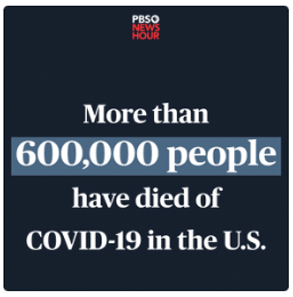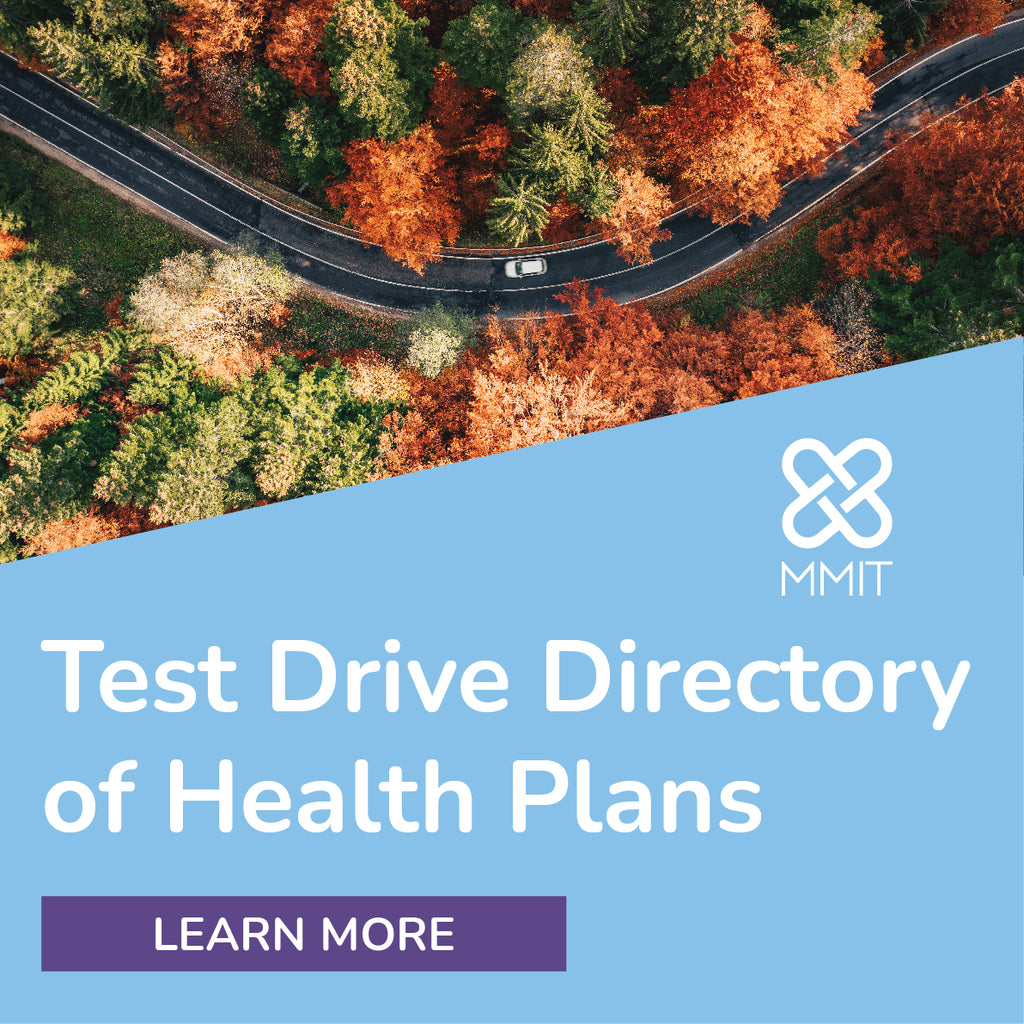Spotlight on Market Access
-
Companies Hope to Find Clarity Around Drug Pricing, Tariffs, More in 2H 2025
Uncertainties around drug pricing policies, tariffs and changes at federal agencies are just some of the trends impacting pharma and biotech over the first half of the year. As we head into the second half of 2025, companies are continuing to show interest in direct-to-consumer approaches and certain types of precision medicine, although interest in cell and gene therapies may be waning a bit. AIS Health, a division of MMIT, spoke to a handful of industry experts about these trends and more. (Editor’s note: These comments have been edited for length and clarity.)

-
What Options Do Retail Pharmacies Have to Become Profitable?
The retail pharmacy space is facing a raft of challenges that are resulting in closures across the industry. From deflating generic prices to competition from discount cards and front-end competition, these pharmacies are struggling to succeed between the larger pressure from wholesalers and PBMs. Ultimately, retail pharmacies that are not affiliated with a PBM or have access to 340B pricing have very few options to become profitable.
Adam Fein, Ph.D., president of Drug Channels Institute, clarified that “retail pharmacy” refers to community retail pharmacy and not mail pharmacy: chain drugstores, independent pharmacies and pharmacies inside mass merchants and supermarkets. In 2024, approximately 91% of all 30-day equivalent prescriptions — 6.8 billion of them — went through a community retail pharmacy, but these entities received only 62% of the prescription dispensing revenues, he explained during a June 20 webinar titled What’s Next for Retail Pharmacy: Data, Debate, and Disruption.

-
Sandoz Launches First Interchangeable Denosumab Biosimilars at Discounted WACs
The first biosimilars of Amgen Inc.’s Prolia (denosumab) and Xgeva (denosumab) have launched onto the U.S. market, with more expected to follow soon. On June 2, Sandoz said that it had launched Jubbonti (denosumab-bbdz) and Wyost (denosumab-bbdz), with an eye on bringing a more cost-effective option to patients of the reference drugs, which have undergone more than 20 price increases since their approval. It remains to be seen whether the manufacturer will choose the private-label route favored by recent biosimilar launches.
Approved on March 5, 2024, the agents also are the only biosimilars of Prolia and Xgeva, respectively, with interchangeable status for all indications of the reference drugs.

-
Pharma Can Take Steps to Manage Challenges in Showing Value
Pharma manufacturers are facing both internal and external pressures when it comes to demonstrating value and securing reimbursement. Many are restructuring their health economics and outcomes research (HEOR) teams within organizations while at the same time grappling with industry pressures such as the Inflation Reduction Act (IRA) and state prescription drug affordability boards (PDABs). AIS Health, a division of MMIT, spoke with Avalere Health Advisory’s Taylor Schwartz, a managing director, and Amy Schroeder, R.Ph., a principal research scientist, about how companies are successfully managing these pressures.

-
Cigna Is Latest Payer to Nudge Patients Toward Private-Label Stelara Biosimilar
When deciding how to cover Stelara (ustekinumab) and its recent spate of follow-on products, prominent PBMs and payers are favoring Biocon Biologics Ltd.’s Yesintek and their own private-label biosimilars — including one that has been the target of litigation.
Cigna Healthcare, a division of The Cigna Group, on May 15 issued a new drug-coverage policy that prefers branded Stelara, Yesintek, Alvotech/Teva’s Selarsdi and ustekinumab-ttwe, a biosimilar manufactured by Cigna subsidiary Quallent Pharmaceuticals.












